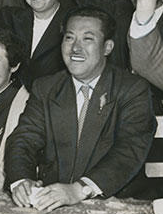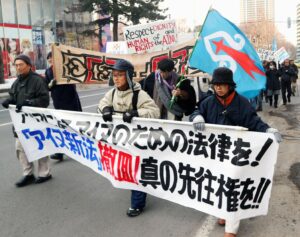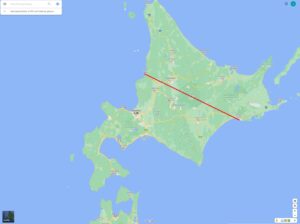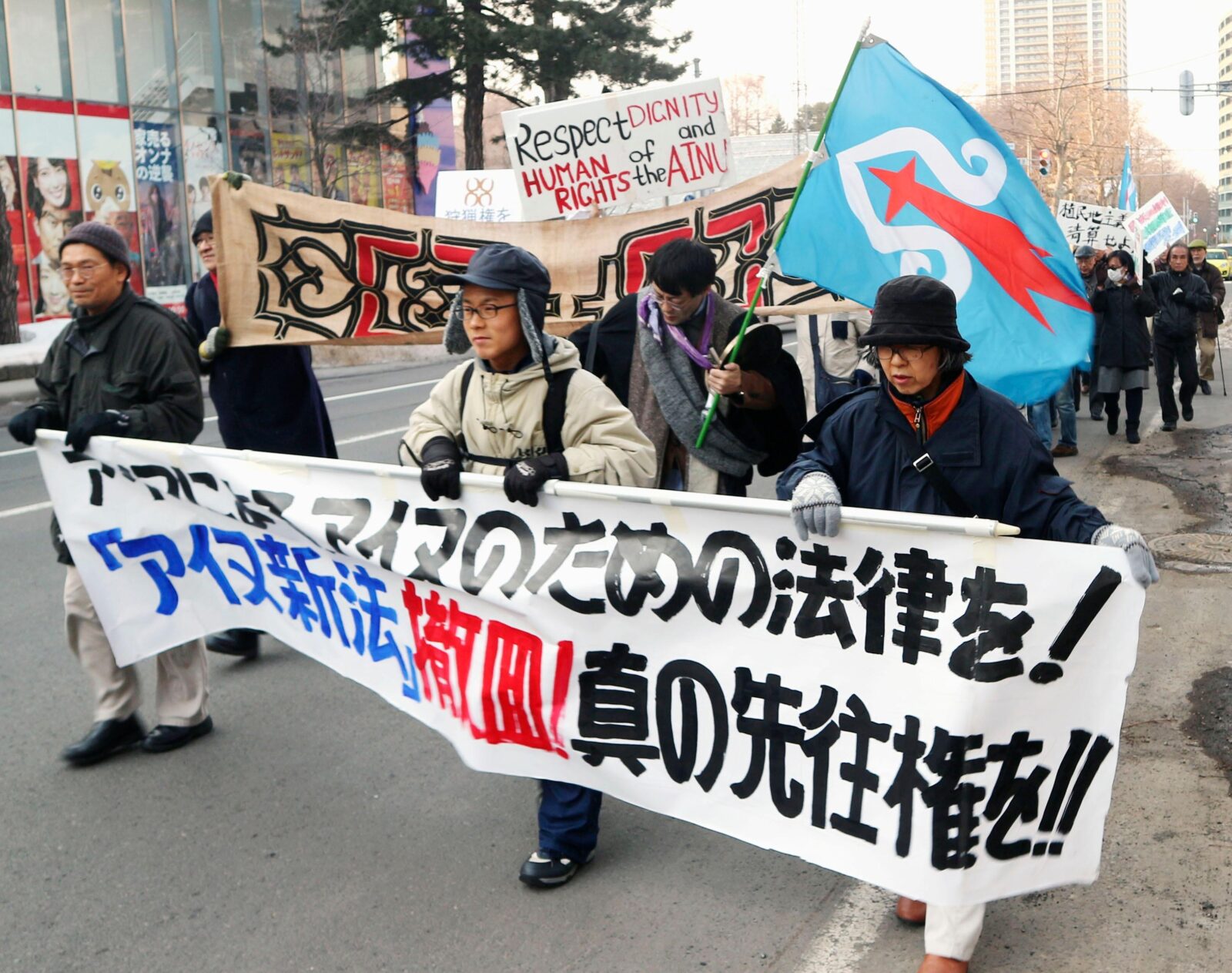This week, we’re wrapping up our history of the colonization of Hokkaido with a look at the impact of the American occupation on the island, as well as some final thoughts on the modern history of the Ainu and their political organizing.
Sources
Larson, Erik, et al. “Emerging Indigenous Governance: Ainu Rights at the Intersection of Global Norms and Domestic Institutions.” Alternatives: Global, Local, and Political 33, No 1. (Jan-March, 2008)
Saunavaara, Juha. “Reconstructing and Redefining Hokkaido During the Postwar Period.” International Journal of Asia Pacific Studies 14, No 1 (January, 2018)
Saunavaara, Juha. “Postwar Development of Hokkaido: The US Occupation Authorities’ Local Government Reform in Japan.” Journal of American-East Asian Relations 21, No 2 (2014).
Images





I’m sure that you probably touched on this in your show in the Olympics but how big of a deal was it to people on the 1972 Winter Games came to Sapporo? Not even 100 years before, the island and city were a backwater, and now it was hosting a major international event.
Has the island embraced winter tourism, either by domestic or international travelers?
It sounds like Hokkaido is the equivalent to Alaska. Indigenous people, that pioneer spirit, low development, a wild frontier. Would you agree?